This article needs additional citations for verification .(June 2023) |

Giuseppe Maria Longhi (13 October 1766, Monza - 2 January 1831, Milan) was an Italian painter and engraver, in the Neo-Classical style.
This article needs additional citations for verification .(June 2023) |

Giuseppe Maria Longhi (13 October 1766, Monza - 2 January 1831, Milan) was an Italian painter and engraver, in the Neo-Classical style.

He was born to Carlo Francesco Longhi, a silk merchant and antiques dealer, and his wife Cecilia née Caronni. His initial studies took place in the seminaries of Celana, Monza and Milan. His teachers included Antonio Mussi (1751-1810), the future Rector of the Biblioteca Ambrosiana, who noticed and encouraged his drawing skills. When he completed his studies in 1786, he went to work for his father, but continued to pursue his interests in art through self-study. [1]
In 1790, the Accademia di Brera established an engraving school and offered scholarships. He was able to obtain one and settled in Milan. There, he studied with Giulio Traballesi. [1] In 1792 Giocondo Albertolli, a professor at the Accademia, commissioned him to produce his first solo work; a burin engraving. That same year, he took a trip to Rome, where he studied anatomy.
After achieving technical mastery and making his reputation as a portraitist, he was appointed a professor of engraving at the Accademia in 1798. Three years later, he was called on to participate in the Consulte de Lyon; in return for an engraving of Napoleon he had made in 1797, from a painting by Antoine-Jean Gros, done at the artist's request. [1] This was followed by a trip to Paris, in the company of Giuseppe Bossi and Francesco Rosaspina. There, he made lasting contacts with several famous French artists. When Napoleon arrived in Milan to be crowned King of Italy, Longhi was a guest at the ceremony. In 1810, he was named a Knight in the Order of the Iron Crown. [1]
His successes enabled him to spend more time on projects of personal interest. The years 1818 to 1819 were devoted to a large copper plate depicting the Marriage of the Virgin. It was published in 1820. He also created copies of works by Raphael and Leonardo. Many of his final years were spent working on two plates of The Last Judgment by Michelangelo. Only a few print proofs survive. The year before his death he published La Calcografia, a book on copper engraving. [1]

He died in 1831, at the age of sixty-four, from an apoplectic fit.
His numerous students included Pietro Anderloni, Benedetto Bordiga , Michele Bisi, Paolo Caronni, Giovita Garavaglia, Samuele Jesi, Ernesta Legnani Bisi and Giuseppe Marri. The largest collections of his prints are held by the Musei Civici di Monza and the Civica raccolta delle stampe Achille Bertarelli . A street in Milan has been named after him.

The Pinacoteca di Brera is the main public gallery for paintings in Milan, Italy. It contains one of the foremost collections of Italian paintings from the 13th to the 20th century, an outgrowth of the cultural program of the Brera Academy, which shares the site in the Palazzo Brera.
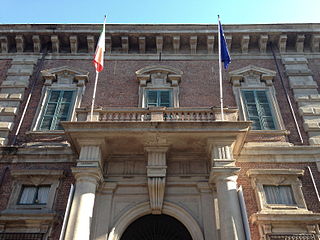
Palazzo Brera or Palazzo di Brera is a monumental palace in Milan, in Lombardy in northern Italy. It was a Jesuit college for two hundred years. It now houses several cultural institutions including the Accademia di Brera, the art academy of the city, and its gallery, the Pinacoteca di Brera; the Orto Botanico di Brera, a botanical garden; an observatory, the Osservatorio Astronomico di Brera; the Istituto Lombardo Accademia di Scienze e Lettere, a learned society; and an important library, the Biblioteca di Brera.

The Accademia di Belle Arti di Brera, also known as the Accademia di Brera or Brera Academy, is a state-run tertiary public academy of fine arts in Milan, Italy. It shares its history, and its main building, with the Pinacoteca di Brera, Milan's main public museum for art. In 2010 an agreement was signed to move the accademia to a former military barracks, the Caserma Magenta in via Mascheroni. In 2018 it was announced that Caserma Magenta was no longer a viable option, with the former railway yard in Via Farini now under consideration as a potential venue for the campus extension.
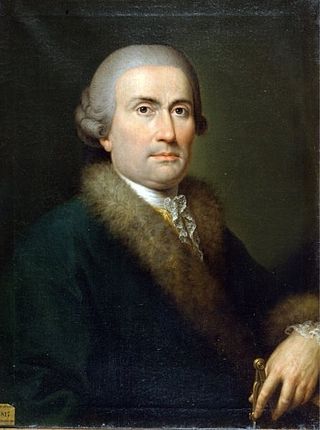
Giuseppe Piermarini was an Italian architect who trained with Luigi Vanvitelli in Naples and designed the Teatro alla Scala in Milan (1776–78), which remains the work by which he is remembered. Indeed, il Piermarini serves as an occasional journalistic synonym for the celebrated opera house. Piermarini was appointed professor in the Academy of Fine Arts of Brera, better known as Brera Academy, Milan, when it was formally founded in 1776.

Paolo Caronni was an Italian engraver. He was born in Monza and studied at the Accademia di Brera. He was a pupil of Giuseppe Longhi. He died at Milan. Among his plates are:

Michele Bisi was an Italian engraver and painter born in the Republic of Genoa. His work is identified with the schools of Bartolozzi, Rosaspina, and Longhi.

Samuele Beniamino Jesi was an Italian engraver of Jewish ancestry.

Napoleon as Mars the Peacemaker is a colossal heroic nude statue by the Italian artist Antonio Canova, of Napoleon I of France in the guise of the Roman god Mars. He holds a gilded Nike or Victory standing on an orb in his right hand and a staff in his left. It was produced between 1802 and 1806 and stands 3.45 metres to the raised left hand. Once on display in the Louvre in Paris, it was purchased from Louis XVIII in 1816 by the British government, which granted it to the Duke of Wellington. It is now on display in Robert Adam's stairwell at the Duke's London residence, Apsley House.

Fulvia Bisi (1818–1911) was an Italian landscape painter.
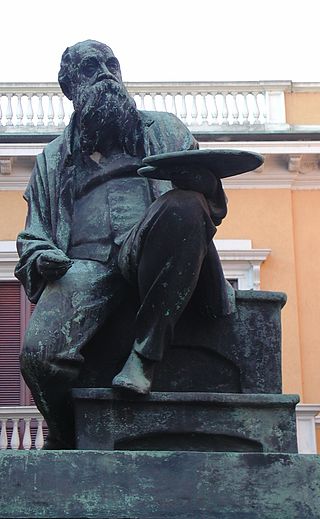
Mosè Bianchi (1840–1904) was an Italian painter and printmaker.

Luigi Bisi was an Italian architect and painter. He was the most notable member of an artistic family.

Francesco Filippini was an Italian painter from Lombardy. He was much influenced by Tranquillo Cremona.

Giuseppe Bisi (1787–1869) was an Italian painter, mainly of landscapes in a Romantic style.
Luigi Antonio Boscolo was an Italian engraver, active in Venice and Rovigo.
Rinaldo Saporiti was an Italian painter.
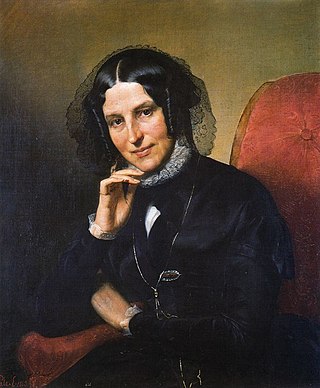
Ernesta Legnani Bisi was an Italian painter and engraver.

Pietro Anderloni was an Italian Neoclassical engraver.

Enrico Crispolti was an Italian art critic, curator and art historian. From 1984 to 2005, he was professor of history of contemporary art at the Università degli Studi di Siena, and director of the school of specialisation in art history. He previously taught at the Accademia di Belle Arti in Rome (1966–1973) and at the Università degli Studi di Salerno (1973–1984). He was author of the catalogues raisonnés of the works of Enrico Baj, Lucio Fontana and Renato Guttuso. He died in Rome on 8 December 2018.

Girolamo Ghilini was an Italian writer and scholar of the Seicento. Ghilini was the first who used the term statistics in his unpublished treatise Ristretto della civile, politica, statistica e militare scienza.
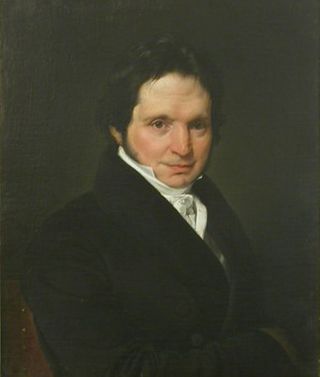
Ignazio Fumagalli was an Italian painter and engraver.